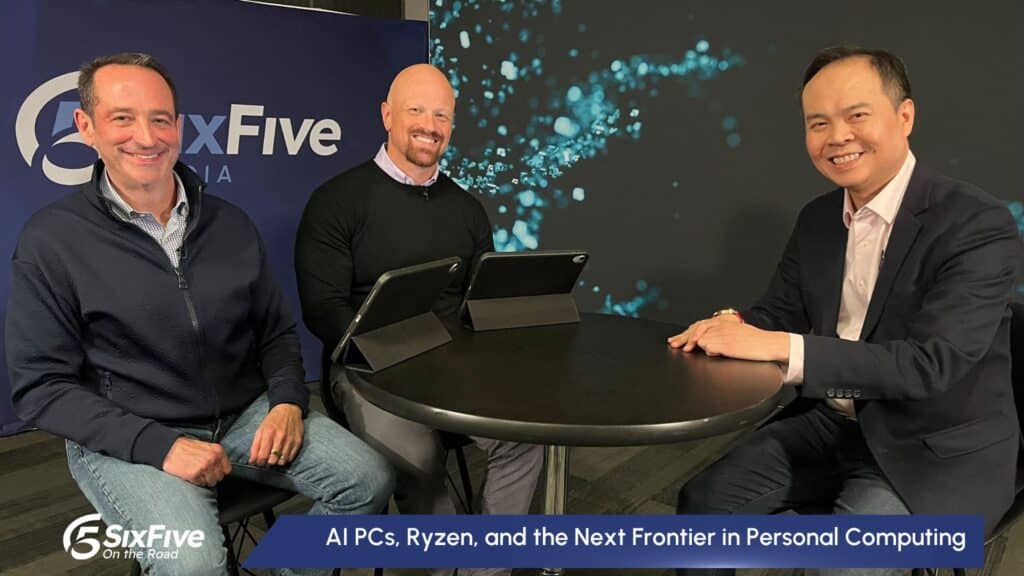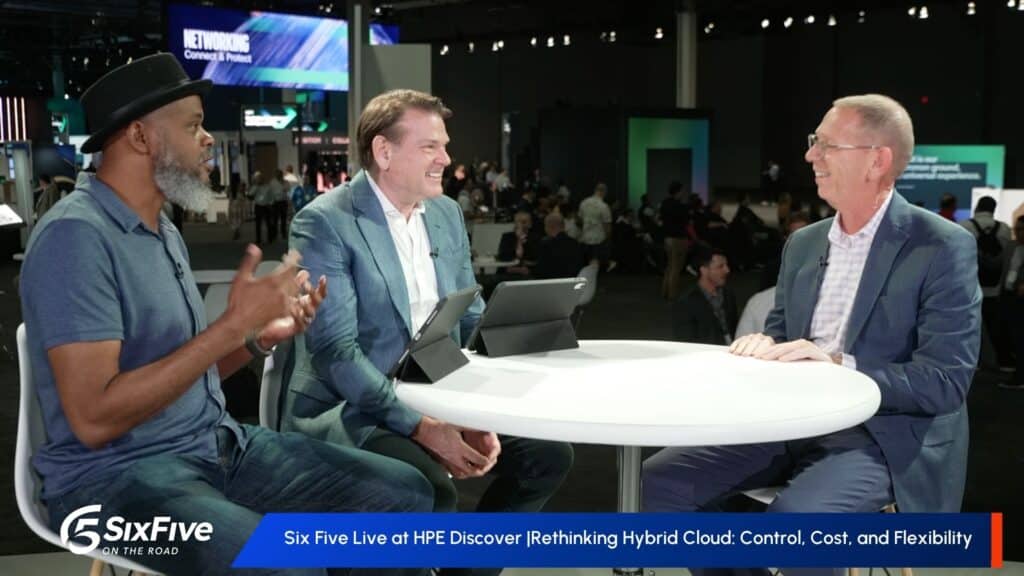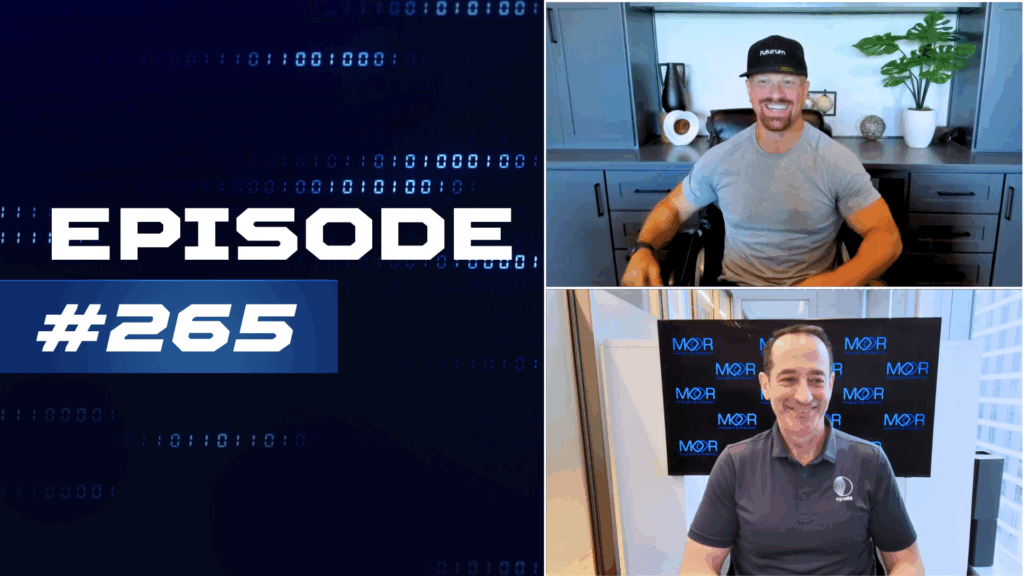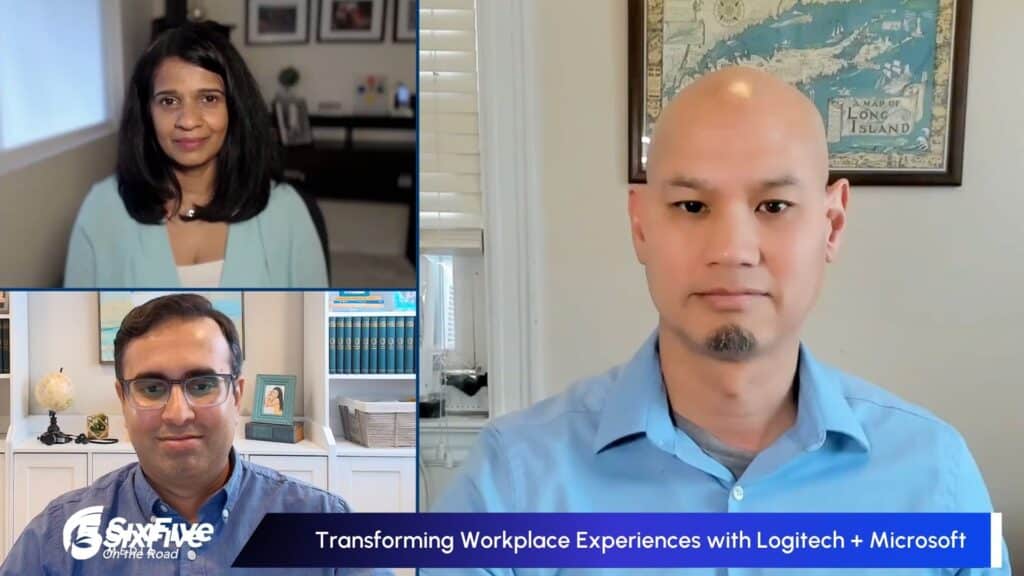The Six Five team discusses Chip Makers Under Trump Administration
If you are interested in watching the full episode you can check it out here.
Disclaimer: The Six Five Webcast is for information and entertainment purposes only. Over the course of this webcast, we may talk about companies that are publicly traded and we may even reference that fact and their equity share price, but please do not take anything that we say as a recommendation about what you should do with your investment dollars. We are not investment advisors and we ask that you do not treat us as such.
Transcript:
Daniel Newman: So you had a chance, I think you went on TV Monday, you were better dressed than you were today when you did that and you went on to talk about what should people expect for chip makers under Trump? There’s been a ton of questions, Pat, is he going to be restrictive? Is he going to be accommodating? Where did you land? What do you have to say about that? What should people think and expect?
Patrick Moorhead: Yeah, so first and foremost, people need to keep in mind that Trump is always focused on negotiating the best deal he possibly can with no absolute outcomes. And he wrote the Art of the Deal right back in the 80s when I was actually in college and that really determines and shows what this guy does. We can also learn a lot from Trump administration 1.0 where he made a lot of comments, he went in and negotiated things like NATO, things like tariffs, and he put these big numbers up, there was a reaction, there was a negotiation, and then things went back to normal. The other thing I think is important for people to keep an eye on is related to chip makers. I think it’s really more about Taiwan over China, particularly when you look at TSMC’s role and how I think the Trump administration might react to that. I think at the end of the day, Trump is going to want TSMC to increase its US-based manufacturing investments. I do think it will ultimately receive the money it was promised, and I think this could prevent tariffs and reduce the impacts in companies like NVIDIA, Qualcomm, AMD, and Intel. And if the tariffs on TSMC come in, NVIDIA, AMD, Qualcomm, and even Intel and some of their products might have to raise prices, which could lead to increased costs for servers, PCs, and smartphone makers, which could ultimately be passed on to end users, which could potentially reduce demand because there’s no way there could be a 90-day pivot. It’s not like you’re making cardboard. It takes four to five years to build up the capability to do these advanced shifts.
I do think NVIDIA has resilience here, maybe less affected by tariffs because of its major customers, the hyperscalers. What are they going to do, if NVIDIA raises prices? Not buy them? I do not think that this is the case. I don’t think this will happen in the next 12 months potentially if this thing cools. And in year two, year three could be a huge issue for NVIDIA. I don’t want to ignore China though. A huge role in chip making, typically the less advanced chips, the 30 cent PMICs that keep $100,000 a car from being shipped, right? We saw this during the pandemic. Also, while we’re on China, we can never forget China’s ability its negotiating that it has, not necessarily on chips, but with manufacturing. Imagine, so it takes Foxconn a million workers to do a wave of Apple products and they could slow roll it. They could do some wackadoodle reverse tariff on that. And that will have colossal impacts on companies like Apple. Companies have done a really good job with diversifying their supply chain as Dell. Dell was one of the first ones in Trump 1.O, start heavily diversifying outside of China and even out of Taiwan. Final assembly in Mexico, Eastern Europe, Malaysia, India, places like this. So, I think it’s very important for every investor to understand, what are the supply chain diversification strategies that they have going in and doing a what if?
Daniel Newman: Yeah, I mean look, this question’s been asked to me a thousand times now and first of all, going back to our comments on Arm and Qualcomm, look, none of us know the future. We can’t predict what might happen, geopolitical, macroeconomic, there’s so many different variables that could weigh on the decision making here. I said this and I’ve said this and I keep saying this as like, Trump ran on strengthening the economy and Trump’s metrics for the economy are really twofold. His biggest is going to be the stock market, just because it’s the most obvious. It’s what gets the most news cycles. And of course, we know that he likes to be in the news and he likes to be positively reflected in the news. And the second is going to be the broadening out, making sure people feel wealthier and more prosperous. And that’s kind of the deflationary work that’s trying to be done, bringing down the costs of everyday stuff. He wants to bring down the cost of gas. He wants to say groceries are less expensive. By the way, these are hard problems because it’s not like you can just flip a switch and be like, “Oh, we’re here and we’re going to lower all this stuff.” I mean we’re seeing some of what’s going on with trying to reduce the government spending. We know Musk is playing a big part in that.
And I realize this all doesn’t have directly to do with chips, but I’m going to get back to the chips in just a moment. The overall situation with chips is kind of multifold, Pat, when they did the Chips Act, you and I kind of really I think latched onto this kind of trifecta of what was trying to be accomplished, right? Supply chain resiliency, technology leadership, and national security. This is why we needed to bring more chip making back home. We have our biggest trading partner, of course, and we work with is China, but at the same time there’s tons of complexity in the relationship with China. China wants to be the world’s leader in AI chips and AI technology and AI utilization. US has the most advanced AI design. We make the most capable chips that would be an enabler. Then there’s companies like ASML that make the machines that allow for the most advanced chips to be made. And then there’s, of course the relationship between China and Taiwan that’s extremely complicated. And then you’ve got the tariff discussion here is, what are we going to do there and how are we going to implement and utilize tariffs? Not just with China, with every country in the world to try to create a more symmetrical relationship and trading partners around the world.
So then chip makers have the challenge of what can they sell into China? Right now a lot of things are being gated and limited, so can they sell their most advanced data center chips? And the answer in most cases is no. Can you sell your most advanced equipment? No. But companies like Qualcomm have 30 plus percent of revenue in China. You have companies like Intel and AMD that have low double digit percent. NVIDIA, of course, has a big market there, and I think they’re kind of buoyed by the fact that the rest of the world is buying so much of this stuff that they don’t need that market right now. But at the same time, we also know that stuff is being shipped into other markets that is ending up in China. I think yesterday I saw a note that China’s asking NVIDIA to investigate itself. That’s how we do things here in the US. Nancy sent Jensen a note and said, that was my joke on Twitter, “Thanks for the calls. I’m doing great. Meanwhile, can you figure out why all your GPUs are ending up in China?”
And you’ve talked about this on this show, the cigarette cartons, right? I mean there’s a lot of ways, it goes through Singapore, it goes through Vietnam, it goes through the Middle East, the stuff ends up there. So there’s all these different factors as to how things end up. But in the long run, I think we want to keep our big tech companies successful. Of course, there’s these calls for breakups. I just see anything that really disrupts the Mag Seven is going to meaningfully disrupt the market. These companies, 33% of the SMP Plus is just seven companies right now. So if we take down any of these businesses and really harm our semis, harm our leading edge technology, and harm the growth of the US, it’s going to harm GDP and it’s going to harm the economy. So he’s got to walk a really tight rope to figure out how to keep this all in check. So, Pat, that’s it. That’s my entire take on what’s going to happen with chips. I think he wants to keep the economy strong, but he is going to walk a tightrope for the next four years because the geopolitical macro complexities versus growing the US economy is always going to be a balance.
Author Information
Daniel is the CEO of The Futurum Group. Living his life at the intersection of people and technology, Daniel works with the world’s largest technology brands exploring Digital Transformation and how it is influencing the enterprise.
From the leading edge of AI to global technology policy, Daniel makes the connections between business, people and tech that are required for companies to benefit most from their technology investments. Daniel is a top 5 globally ranked industry analyst and his ideas are regularly cited or shared in television appearances by CNBC, Bloomberg, Wall Street Journal and hundreds of other sites around the world.
A 7x Best-Selling Author including his most recent book “Human/Machine.” Daniel is also a Forbes and MarketWatch (Dow Jones) contributor.
An MBA and Former Graduate Adjunct Faculty, Daniel is an Austin Texas transplant after 40 years in Chicago. His speaking takes him around the world each year as he shares his vision of the role technology will play in our future.





